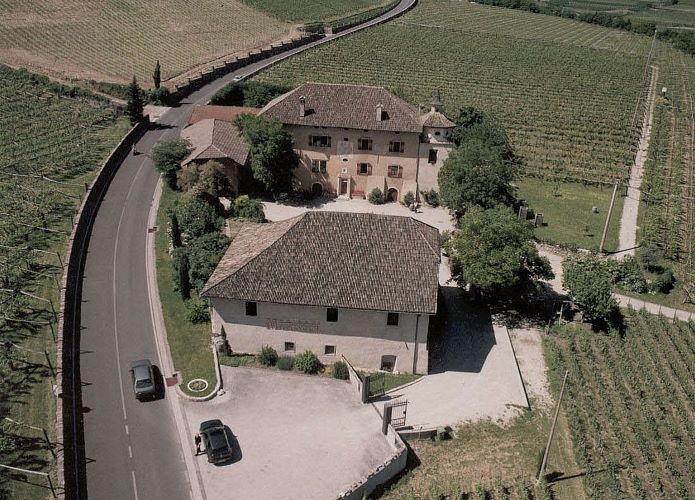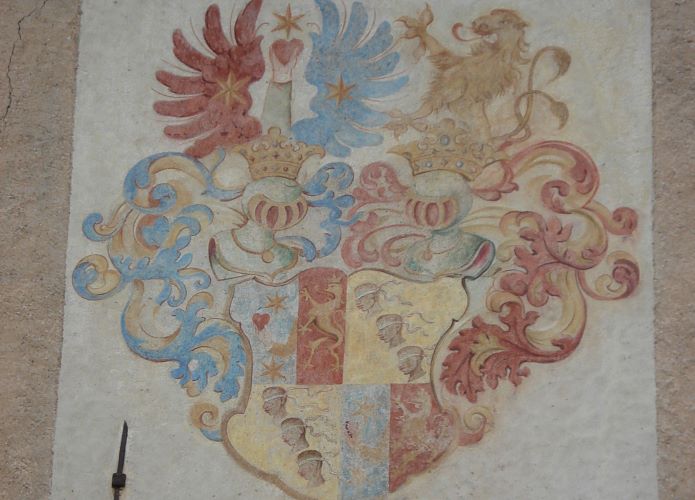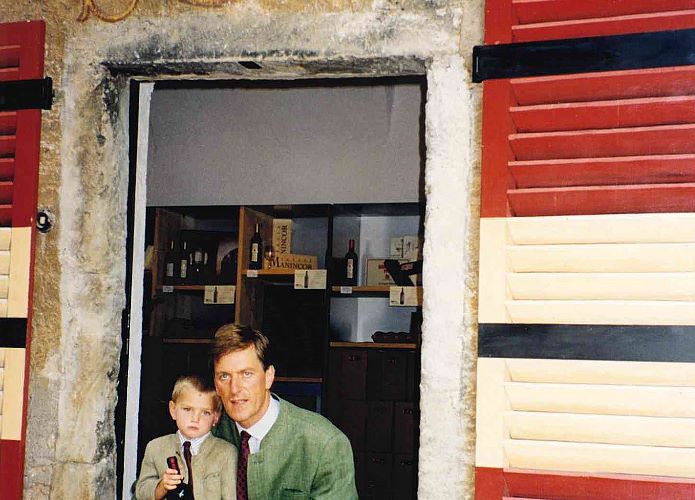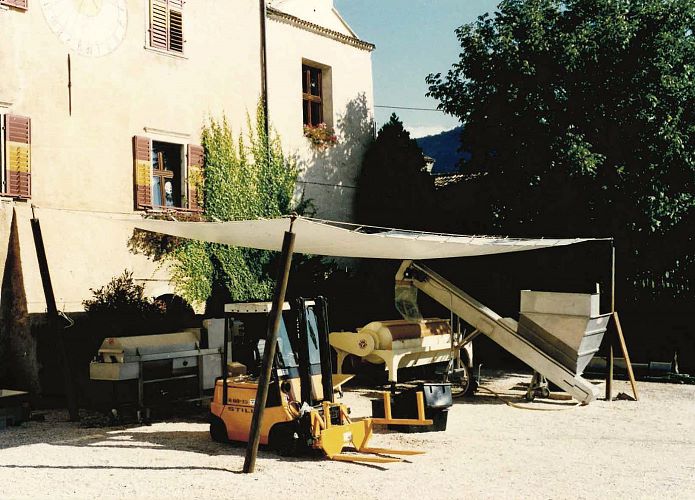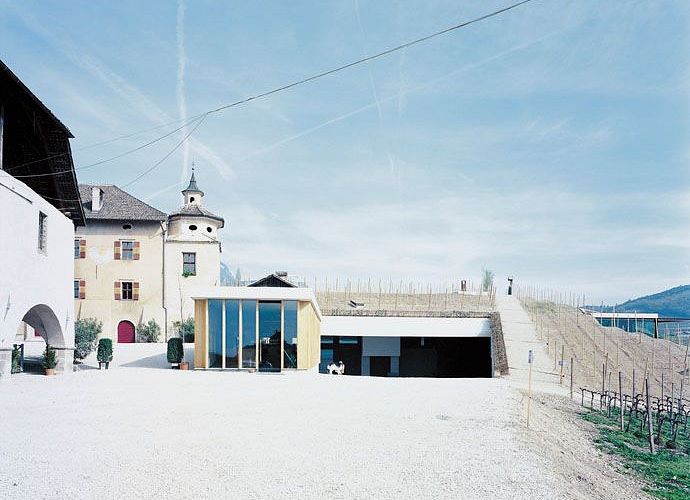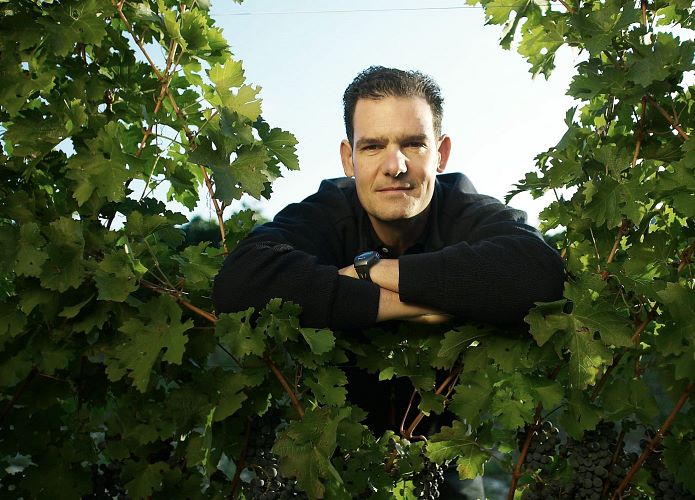History
The wine estate and its history
Heritage as a duty,
not a burden.
The wine estate and its history. The historical buildings date back to 1608. They were built by Hieronymus Manincor. For his services to Austria, the Emperor raised him to the nobility and endowed him with land on the shores of Lake Kaltern.
Hieronymus adapted his family’s coat-of-arms to symbolize “Man-in-cor” (meaning “Hand on the heart”). It can still be seen on the facade of the winery building today. In 1662 his granddaughter married an ancestor of the Counts Enzenberg. In 1978 the estate finally passed to the Counts Enzenberg.
In the 18th century our ancestor Kassian Ignaz Enzenberg made a name for himself as a reformer and philosopher of the Enlightenment. In 1764 he was raised to the ranks of the Tyrolean nobility with the title of count. The Enzenberg family were already involved in wine growing at the end of the 17th century. Historical documents refer to Enzenberg wine cellars in Terlano, Caldaro and Schwaz in what is now North Tyrol.
Today’s estate. In 1991 Count Michael Goëss-Enzenberg took over Manincor from his uncle. At that time the estate supplied grapes to the wine-growers’ cooperatives in Caldaro and Terlano.
With his passion and training, Count Michael was well equipped to launch his own wines – with a declared focus on top-quality wines in a distinctive Manincor style.
He began with the vineyards: Quality was improved through a policy of strictly limited yields and near-natural husbandry. In 1996 the first Manincor wines – six of them – were produced in the estate’s own cellar: Schiava (Kalterersee), Moscato Giallo, Pinot Bianco, Sophie, Mason and Cassiano. 130,000 bottles were filled in 1997.
New cellar. Six years after the foundation of the winery, an eighteen-month period of construction began, and in 2004 the new “Cellar in the Vineyard”, designed by Walter Angonese and Rainer Köberl, was opened. It is an expression of our philosophy of life and work and a magnet for people with an interest in wine and architecture.

